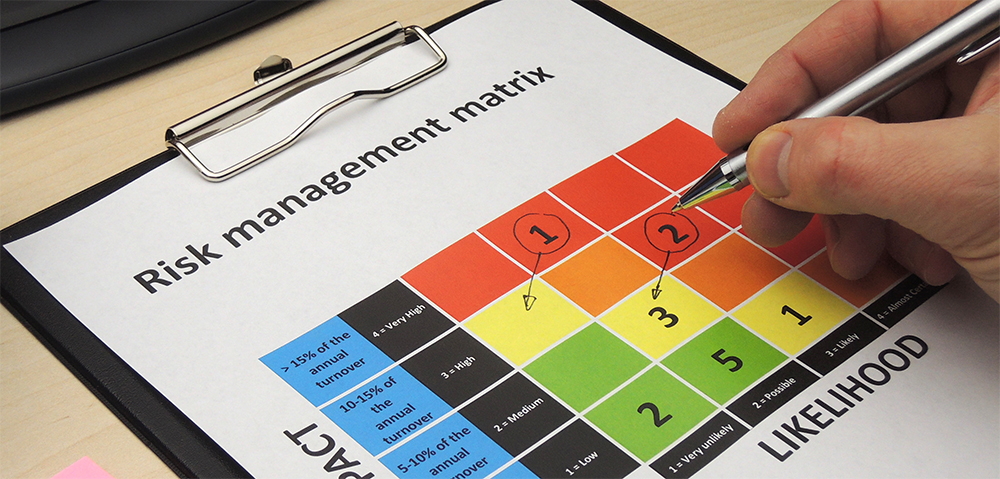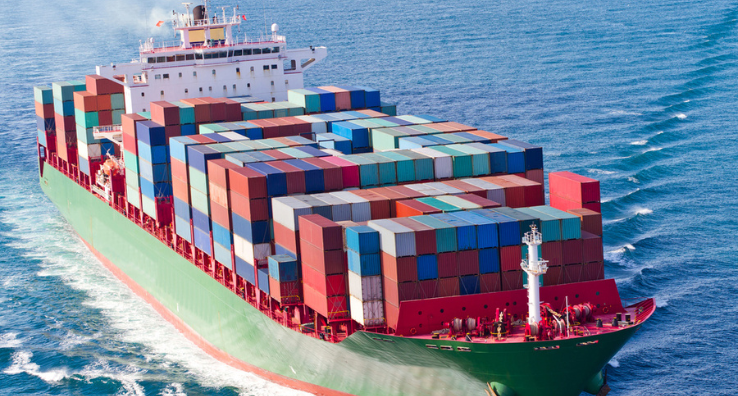Risk Assessment: Your Questions Answered

Risk Assessment
Risk assessment is a process used to identify, evaluate, and assess the levels of risk using a systematic approach for determining probability or risk and the consequence of that risk.
It is commonly used in the food industry to identify hazards associated with food related materials and processes. The risk assessment approach can also be applied to other areas or industries, such as equipment failures, systems, complaint programs, trends, and other operational related failures.
When is risk assessment necessary or useful?
Many third-party audits require the use of risk assessment to determine the level of risk present in relation to materials, site operations including equipment and building design, and food safety and quality management systems. Risk assessment is also used by a company to aid in problem solving where trends or significant issues have demonstrated the presence of a serious risk to product safety and/or the cost of doing business. Risk assessment can be useful in determining the frequency of program activities associated with the food safety and quality management systems (e.g. how often to inspect glass and brittle materials located on processing equipment vs. the break room).
How do I identify hazards?
Risk assessments are successful when we have the right people using the right information to identify hazards. It is important to use a team approach when conducting risk assessments so that all potential sources and hazards are considered. Information used to assess risk must be from a credible source (material specifications, government, scientific, or other published material).
How do I estimate the level of risk?
The level or assessment of risk is determined by consideration of how likely the hazard is to occur, and the severity or impact of the occurrence, if it did happen. There are many tools that can be used to make this determination. Some companies prefer risk assessment matrix, or charts that use qualitative models (Low, Medium, High), while others prefer the use of quantitative models (1-25 numerical). The model or method you choose should ensure that plant personnel are comfortable with and understand how to use the risk assessment tool to determine the level of risk associated with the hazard.
How do I determine the necessary controls?
Depending on the hazard, you may be able to eliminate the risk entirely or you may only be able to reduce the likely occurrence of the hazard to an acceptable level. The control(s) you will employ to control the hazard should include elimination, where possible. In the event the hazard cannot be eliminated, you may consider other options, such as controlling the risk at an earlier step (supplier control) where possible, or through other means, such as providing a warning to the consumer, where applicable.
How do I record risk assessment results?
Risk assessment results must be documented to demonstrate the consideration of likely occurrence and severity of the hazard. This will aid in justification of controls employed by the company and will be beneficial for future review to provide the logic behind the decisions that were made. Risk assessments aren’t procedures or SOP’s, although policies, procedures, and/or work instructions may include controls established on the results of the risk assessment.
Should I conduct a review of risk assessments?
A review of risk assessments should be conducted at a predetermined frequency, as well as whenever changes occur that may impact the results of the risk assessment. In many instances, the risk assessment of raw materials is the element of the HACCP / Food Safety Plan that needs to be reviewed when a change occurs that may impact your product(s) or process.





